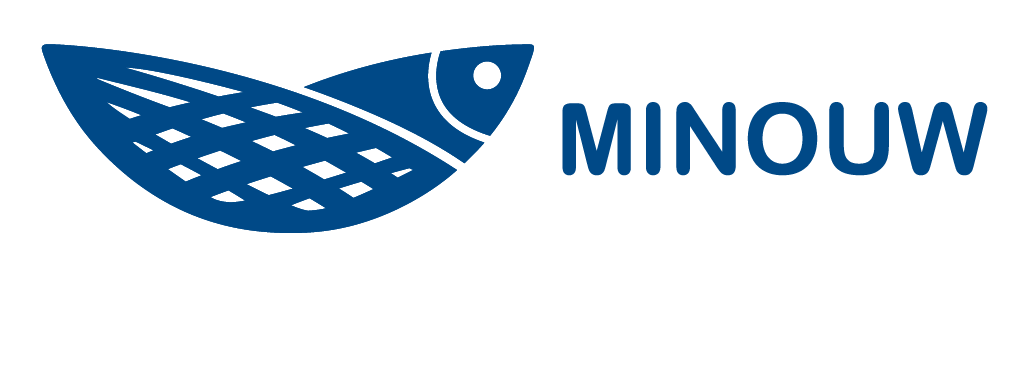Research to establish the nature of discards in dredge fisheries, and the impact of using a by-catch reduction device (BRD).
MINOUW partner & Lead scientist:
CCMAR (Centro de Ciências do Mar do Algarve) , Karim Erzini
Fishing method and species:
Traditional fishery on coastal shallow sandy bottoms, using a metallic grid dredge. The space between teeth, number of teeth, tooth length and distance between the bars of the grid depend on the target species. Species targeted are Wedge Clam (Donax trunculus), White Clam (Spisula solida) and Striped Venus Clam (Chamelea gallina).
What is the discards problem?
The catch of target species is often associated with unwanted catches (fish and mainly other invertebrates). In certain areas and seasons discards may surpass the catch of the target species.
What activities did the MINOUW project carry out?
- Bi-monthly sampling surveys onboard commercial fishing vessels to identify main discarded species and to estimate discards mortality.
- Survival experiments to assess the survival rate of individuals discarded during dredging operations.
- Design and adaptation of a BRD (by-catch reduction device) to the metallic grid dredge and post-catch comparison of bycatch and discards.
What outcomes were expected?
- Quantify discards in Spisula solida and Donax trunculus fisheries of Algarve when using a metallic grid dredge.
- Ascertain seasonal variation in the discards and estimate discards mortality.
- Propose modifications in the fishing gear to minimize discards.
Results
It has been seen that using a By-catch Reduction Device in dredges can significantly reduce by-catch, discards and debris in the catch. Notwithstanding, a decrease of the fishing yield was also observed and consequently a loss of income (higher than expected), probably due to the decrease of the dredge efficiency during the tow.
For a full summary of results download the PDF here: (637kb)

